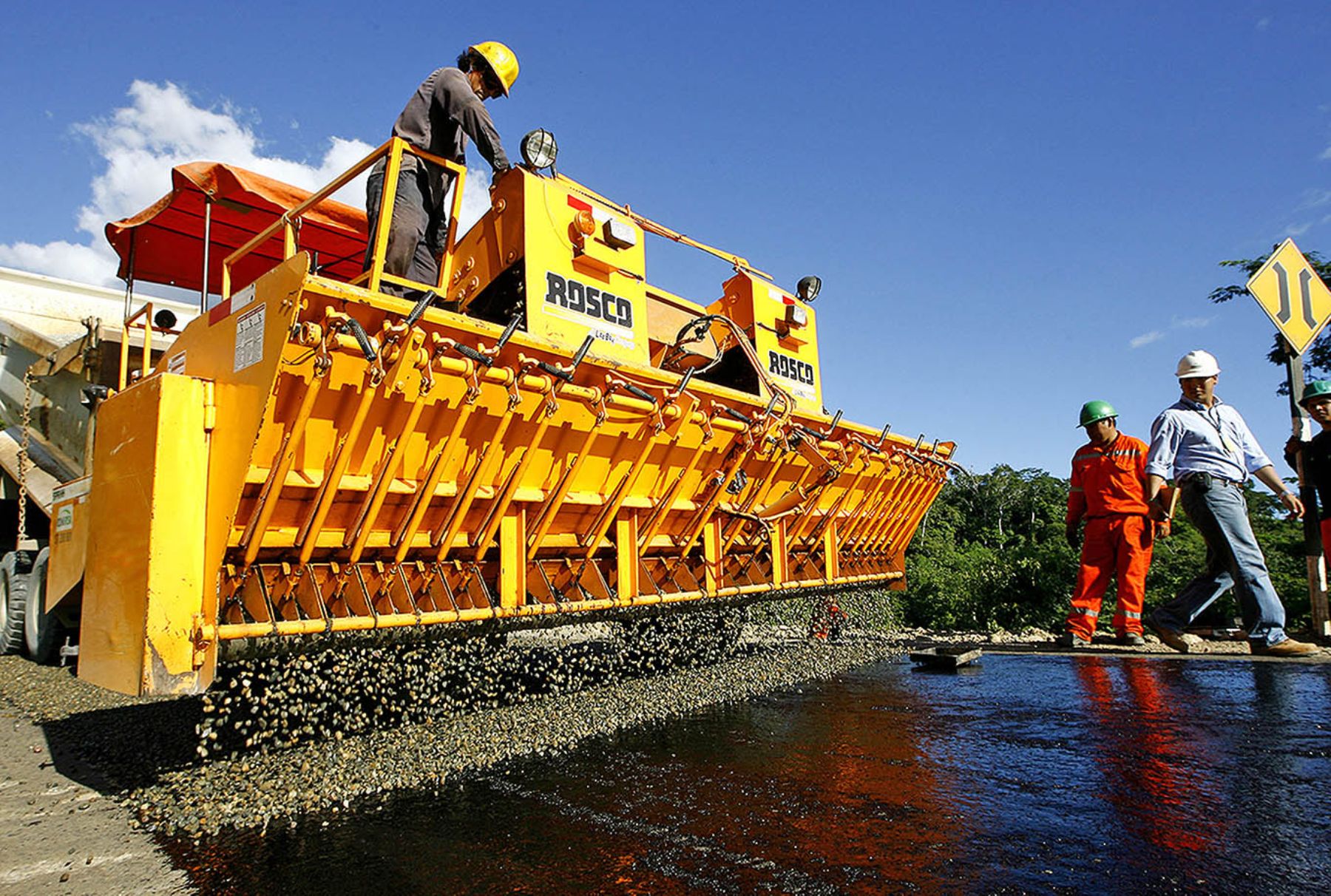
LIMA, Jan 6 (NNN-ANDINA) — Peru’s public investment grew 25% in real terms last December, after five continuous months of decline. The notable expansion in said month was explained due to growth in investment by regional governments (74%) and the National Government (38%), the Peruvian Institute of Economics (IPE) reported.
Thus, in 2023 public investment achieved a real growth of 3.1%, driven by the increase in investment by the National Government (7.1%) and regional governments (2.7%), despite the decrease by local governments (-6.7%).
This result contrasts with the decreases registered in previous periods when subnational government administrations began their terms in office.
According to the IPE, public investment exceeded S/50 billion (over US$13.383 billion) last year —the highest figure in real terms that has been recorded.
After a period of stagnation (2015-2019), the public investment amount has increased consistently in recent years (2021-2023).
Of the 26 regional governments, 17 recorded an increase in their investment. In particular, investment by Tumbes Region Government expanded 174%, mainly driven by the reconstruction of the Saul Garrido Rosillo II Support Hospital.
This project, which entailed an investment of almost S/62 million (about US$16.59 million), accounted for 29% of the total executed in the northern region.
Likewise, the IPE specified that the Government-to-Government (G2G) procurement process for the Chavimochic II project began in 2023.
Within this framework, the Netherlands and Canada submitted their bids in December to complete the Palo Redondo Dam —a key component of the project.
Previously, La Libertad Region Government took over responsibility for the execution of the Canal Madre and the project’s automation system.
“On the other hand, at the end of 2023, the Majes-Siguas II project in Arequipa registered a significant gap between its financial progress at 36% and its physical progress at only 12%,” the institution indicated.
“The project is currently stalled due to controversies between the concessionaire and Arequipa Region Government, which have led to arbitration proceedings before the Lima Chamber of Commerce (CCL),” it added. — NNN-ANDINA






